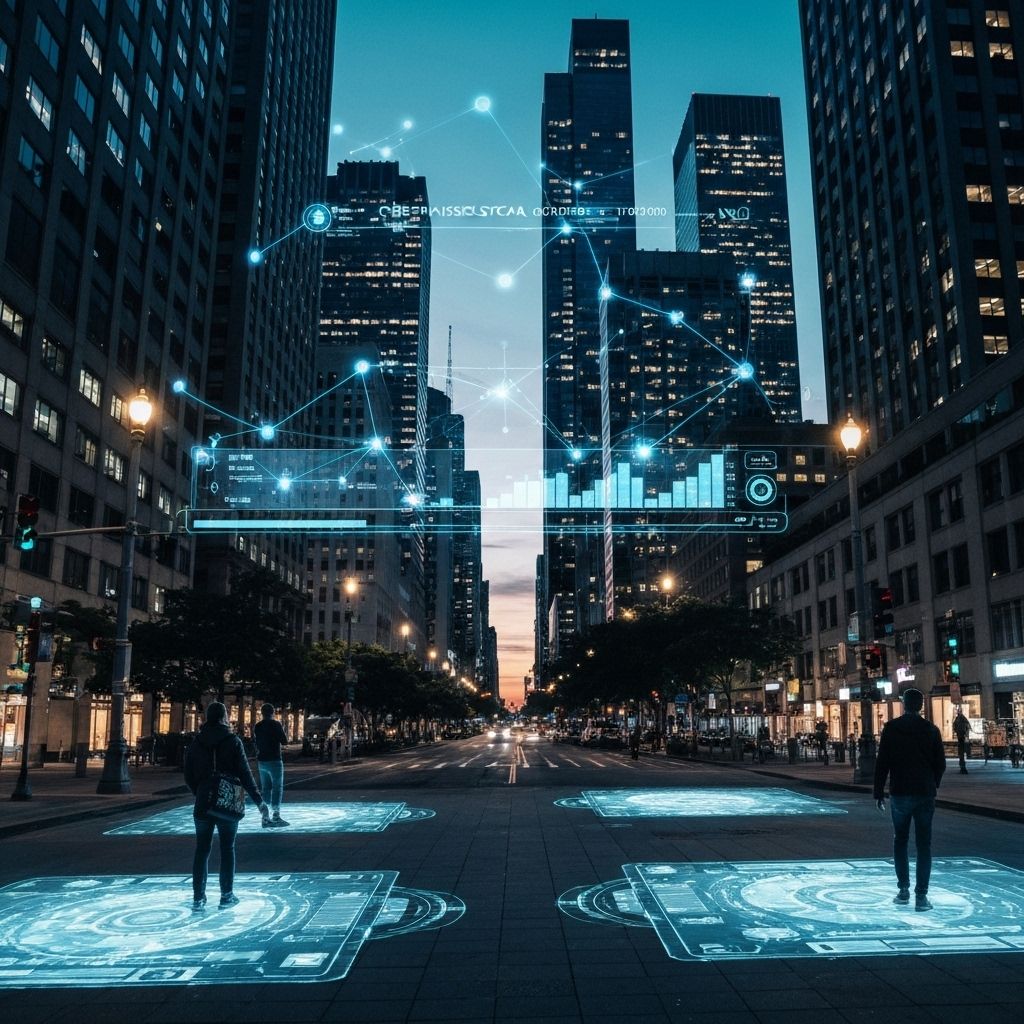Digital Twins: The Power of Virtual Replicas
A Living, Breathing Simulation
A digital twin is far more than a static 3D model or a simple simulation. It is a dynamic, virtual replica of a physical object, process, or system that is continuously updated with real-time data from IoT sensors. This creates a living simulation that mirrors the state, condition, and behavior of its real-world counterpart with high fidelity. This enables organizations to test scenarios, predict outcomes, optimize operations, and identify potential issues in a virtual environment without risk, cost, or disruption to the physical asset.
Transformative Use Cases Across Industries
The power of digital twins is being harnessed to revolutionize operations and decision-making across a wide array of sectors:
-
Predictive Maintenance: By placing sensors on a complex asset like a jet engine, a wind turbine, or a critical piece of manufacturing machinery, a manufacturer can create a digital twin that monitors its performance in real-time. The twin can simulate wear and tear under different operational conditions, environmental factors, and load stresses, accurately predicting when a component will fail or require maintenance. This allows for maintenance to be scheduled proactively during planned downtime, preventing catastrophic failures, avoiding costly unplanned downtime, and extending asset life.
-
Manufacturing and Production Optimization: A digital twin of an entire factory production line can be created to identify bottlenecks, test new configurations or process changes, simulate the impact of different raw material inputs, and even train workers in a safe virtual setting. Companies can experiment with "what-if" scenarios to improve efficiency, throughput, and quality without disrupting the actual production line or risking material waste.
-
Urban Planning and Smart Cities: City-scale digital twins are being used to simulate traffic patterns under various conditions, model the environmental impact of new construction projects, plan optimal emergency response routes, analyze energy consumption across the urban grid, and test the effectiveness of public transit systems. This data-driven approach allows planners and policymakers to make informed decisions that improve the quality of life, efficiency, and sustainability for citizens.
The Technology Behind the Twin
RaxCore has deployed digital twin solutions that have helped clients reduce unplanned downtime by 60%, improve operational efficiency by 35%, and accelerate product development cycles by 25%. Our systems integrate three key technological pillars:
- IoT Sensors and Connectivity: To provide the rich, real-time data stream that keeps the twin synchronized with the physical world. This requires robust sensor networks and reliable connectivity.
- AI and Machine Learning: To analyze this vast stream of data, identify subtle patterns, predict future states, detect anomalies, and generate actionable insights and recommendations.
- Physics-Based Simulation and Modeling: To create a highly accurate virtual representation of the physical system's behavior, ensuring that the simulations conducted on the digital twin reflect reality.
As IoT devices become more widespread, computing power continues to grow, and AI capabilities advance, digital twins will become the standard for managing any complex system. The ability to simulate, test, and optimize virtually before acting physically is a game-changer for engineering, manufacturing, infrastructure management, and countless other fields, driving innovation and operational excellence.



